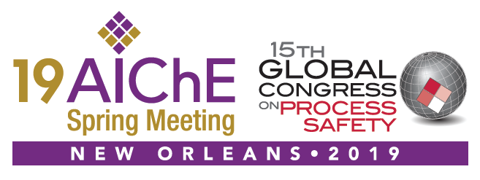

Building resiliency into a water supply enables industrial production to be maintained during droughts, floods, or other episodes that impact source water availability or quality. The quantity of water used in petrochemicals production is influenced by available source water quality; cooling system blowdown quantity and quality, and the resultant treated effluent quantity and quality from onsite wastewater treatment. Balancing elevated dissolved solid or salt levels can provide for expanded reuse options within petrochemical facilities, and provide for increased resiliency.
This paper presents the dependency of petrochemical facilities total water usage on source water quality, the operation of closed-cycle recirculating cooling systems, and the ability to successfully manage elevated Total Dissolved Solids (TDS) or salt levels within these streams. Developing reuse options helps ensure flexibility in water usage to better match source water variability, and approach the challenges of water resource management with integrated planning.
Presenter(s)
Once the content has been viewed and you have attested to it, you will be able to download and print a certificate for PDH credits.
If you have already viewed this content,
please click here
to login.
Language
Pricing
Individuals
| AIChE Member Credits | 0.5 |
| AIChE Pro Members | $19.00 |
| Employees of CCPS Member Companies | Free |
| AIChE Graduate Student Members | Free |
| AIChE Undergraduate Student Members | Free |
| AIChE Explorer Members | $29.00 |
| Non-Members | $29.00 |
